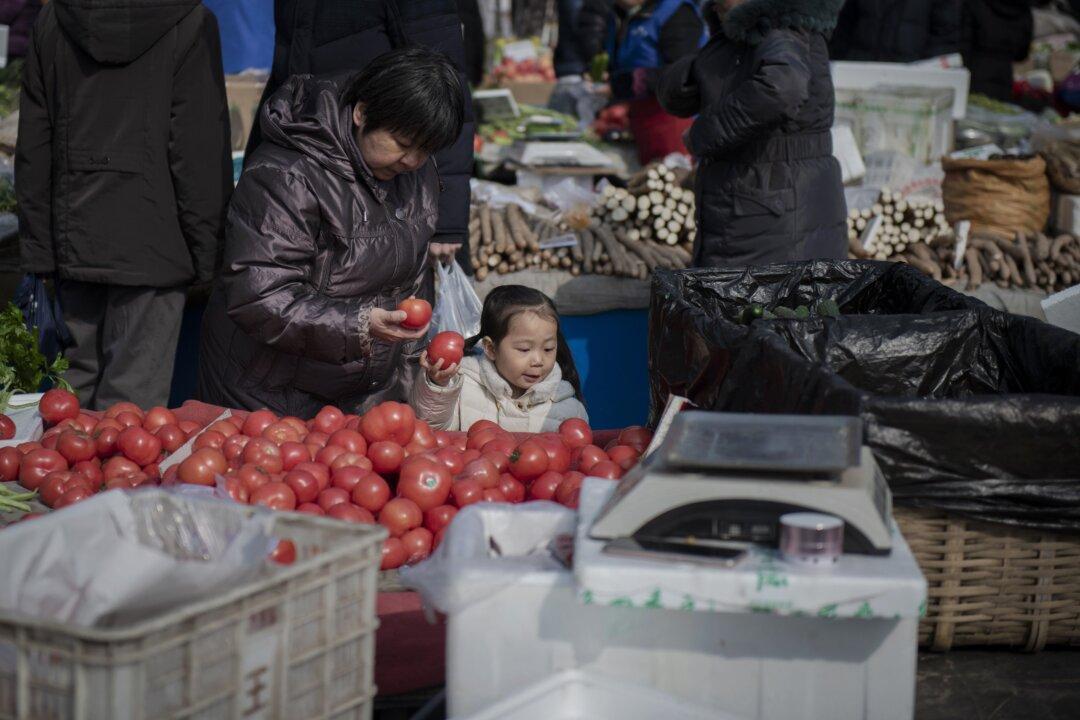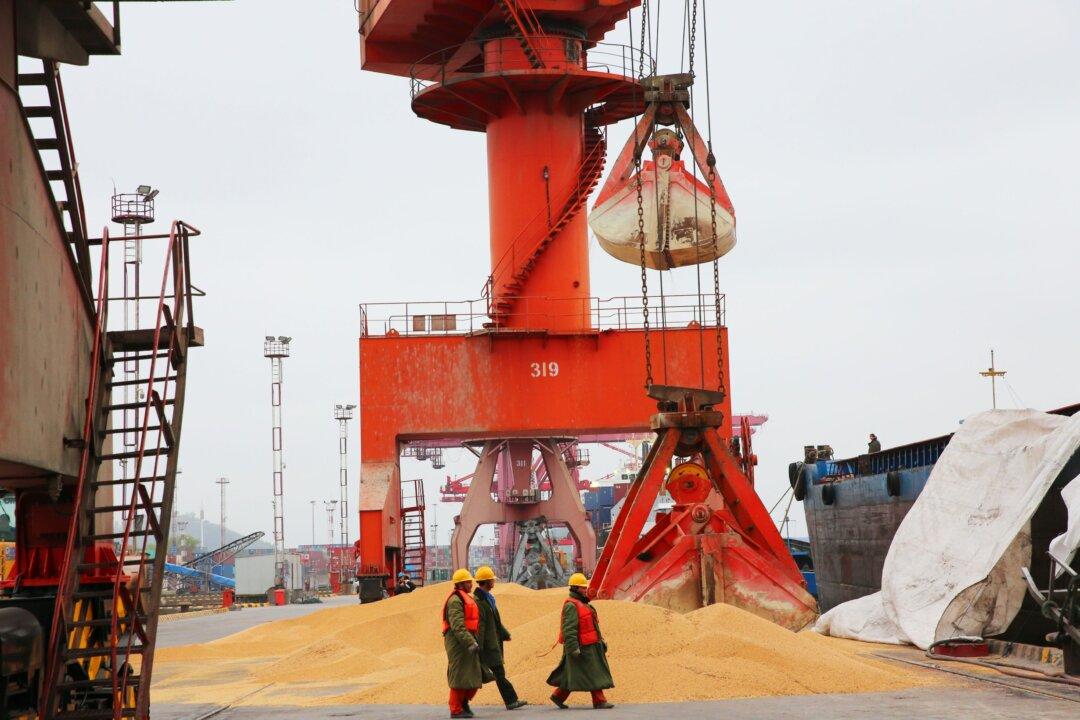Virologists just confirmed the first cases of tomato brown rugose fruit virus, known as the “Ebola plant virus,” in three greenhouses in China’s Shandong Province.
With China farmers expecting African swine fever to kill half the nation’s pigs and Fall Armyworm to munch through about 2 million hectares of corn and grain crops, tomato brown rugose fruit virus (ToBRFV) now threatens the world’s largest tomato producer.





